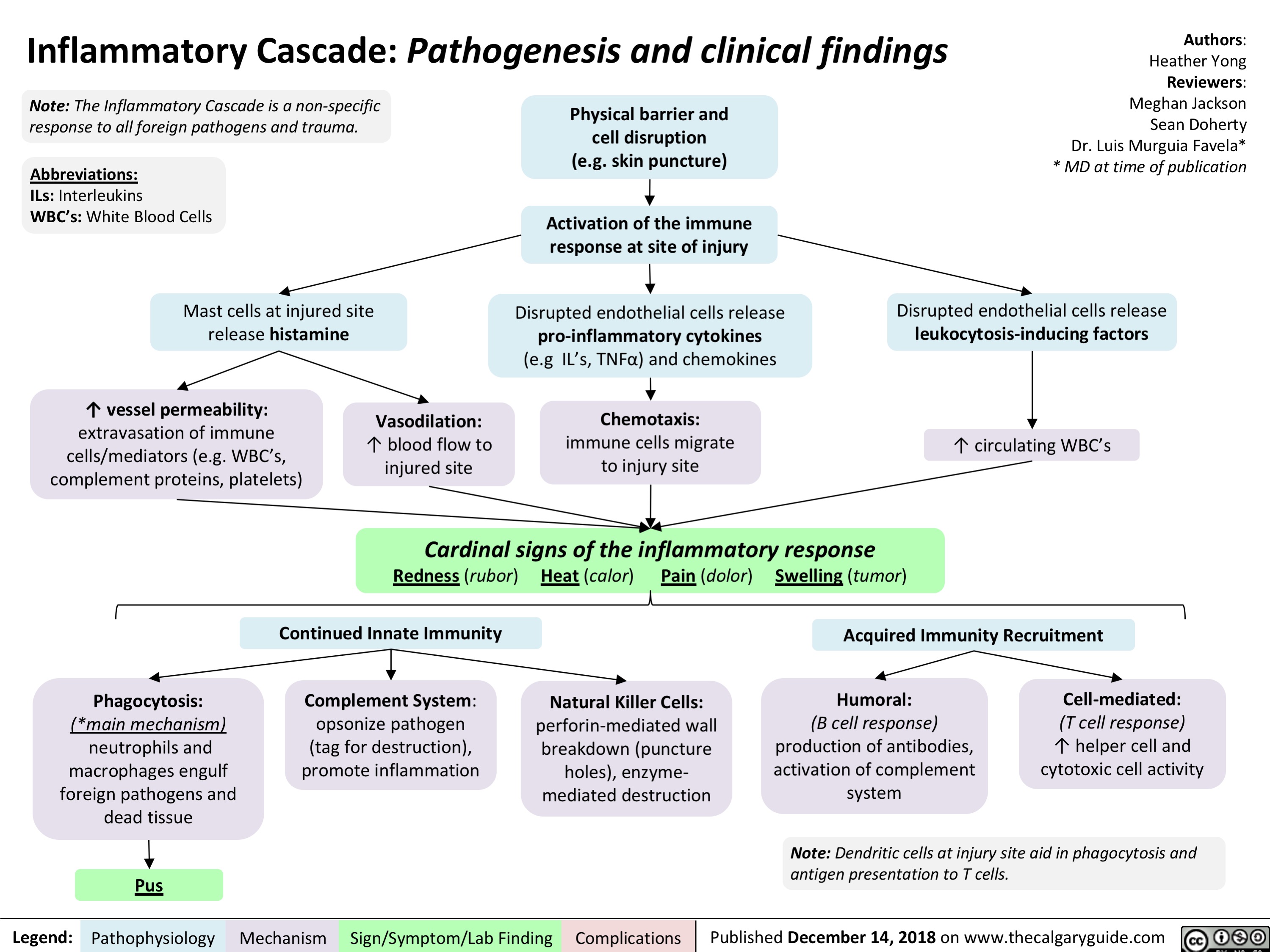Inflammation Cells and Markers
Inflammatory responses and inflammation-associated diseases in organs: https://www.ncbi.nlm.nih.gov/pmc/articles/PMC5805548/
Inflammatory markers explained: https://arc-w.nihr.ac.uk/news/inflammatory-markers-explained/
Chronic Inflammation: https://www.sciencedirect.com/topics/medicine-and-dentistry/chronic-inflammation
"The Journal of Inflammation": https://www.ncbi.nlm.nih.gov/pmc/articles/PMC1074343/
Cascade of immune mechanism and consequences of inflammatory disorders: https://www.ncbi.nlm.nih.gov/pmc/articles/PMC8373857/

The immune system and inflammatory markers are closely interrelated, each playing a significant role in the body's response to infections, injuries, and diseases. Here's a brief overview of their relationships:
Immune System Cells and Inflammatory Markers: The immune system is composed of various cells like T-cells, B-cells, macrophages, and neutrophils. These cells release inflammatory markers, such as cytokines and chemokines, in response to pathogens or tissue damage.
Cytokines: These are small proteins released by immune cells that have a significant role in cell signaling. Cytokines like interleukins (ILs), tumor necrosis factor (TNF), and interferons (IFNs) are critical in mediating and regulating immunity, inflammation, and hematopoiesis.
Acute Phase Reactants: These are proteins whose plasma concentrations increase (positive acute-phase proteins) or decrease (negative acute-phase proteins) in response to inflammation. Examples include C-reactive protein (CRP), which is a commonly used clinical marker to assess the presence and intensity of inflammation.
Chemokines: These are a subset of cytokines that specifically direct the movement of circulating immune cells to the site of injury or infection.
Interplay in Disease: In many diseases, an imbalance in these markers can lead to pathological conditions. For instance, in autoimmune diseases, inappropriate activation of the immune system causes an excessive inflammatory response. Similarly, chronic inflammation is a hallmark of many diseases like rheumatoid arthritis, where both immune cells and inflammatory markers play a role.
Feedback Mechanisms: The immune response and inflammation are tightly regulated by feedback mechanisms. Certain cytokines can promote inflammation (pro-inflammatory cytokines), while others play a role in reducing inflammation and promoting healing (anti-inflammatory cytokines).
Therapeutic Targets: Many modern therapeutics aim to modulate these markers. For example, biologics used in autoimmune diseases target specific cytokines or their receptors to reduce inflammation and immune system activity.

Comments
Post a Comment